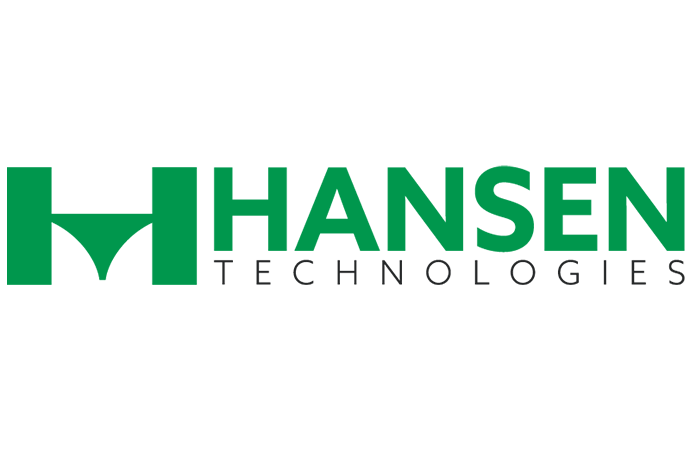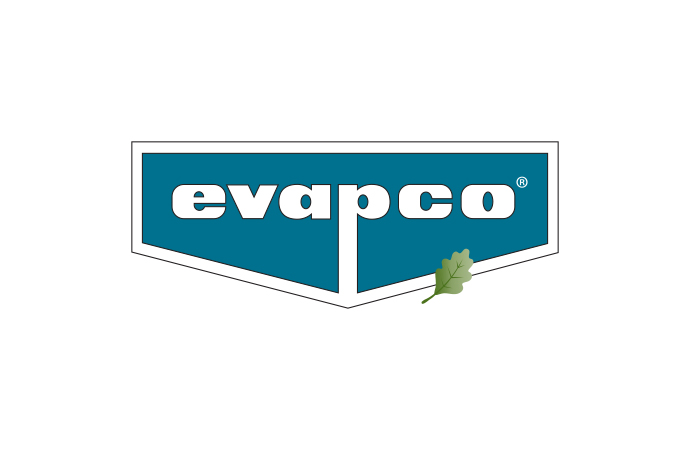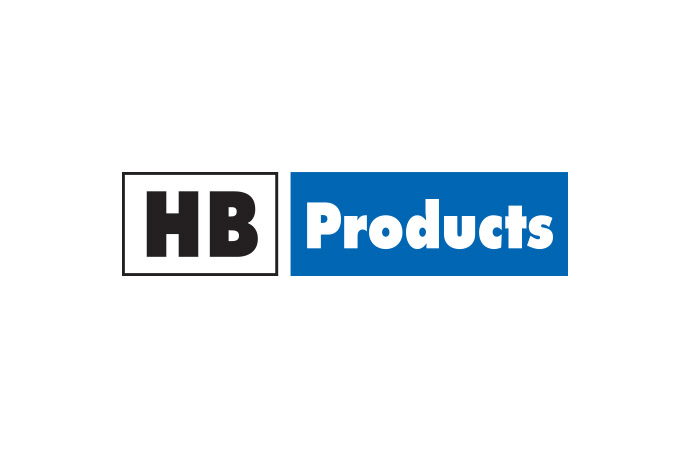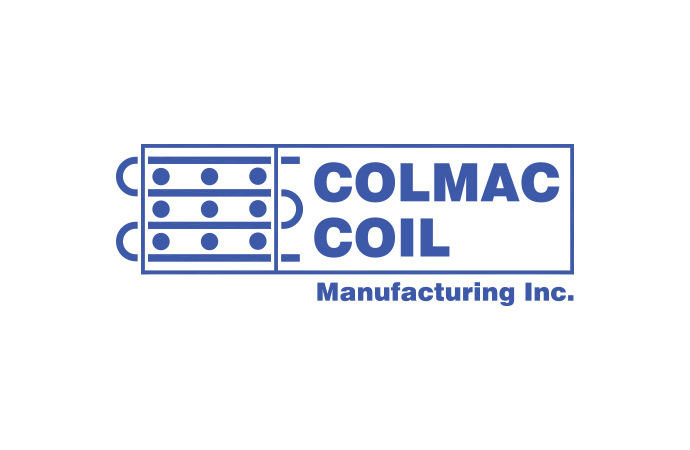“Low GWP Alternatives to HFCs in Refrigeration” the latest report produced by the Danish Environmental Protection Agency (EPA) shows that fruitful co-operation between industry, science and government can result in quick implementation of natural refrigerant cooling equipment to realise significant F-gas reductions. Many successful ventures stem from the Danish experience, proving going natural makes good business sense.

In 1996, when the former Danish Minister for the Environment, Svend Auken, expressed his hope “that in ten years, not a single fridge, freezer or cooling plant will be built in Denmark that requires HFCs or other greenhouse gases,” sceptics claimed that without F-gases it would be impossible to have efficient refrigeration and cooling in Denmark.
But Denmark did not become the land of melted butter and warm beer as predicted. Instead a number of Danish companies successfully developed new technology using natural refrigerants, substituting the potent greenhouse gasses in refrigeration equipment.
Denmark’s achievement proves alternatives to HFCs benefit growth
In 2001 and 2002, Denmark introduced national regulation on F-gases. The regulation comprised a ban on the use of F-gases for certain purposes, F-gas taxation and support for research and development of alternative technology:
- Tax/ refund scheme: a tax amounting to DKK 195 (app. 26 Euro) per kg is now imposed on the most frequently used F-gas refrigerant (HFC- 134a). The scheme has led to more awareness from owners and operators of equipment and increased attention on alternative substances. Its has also resulted in improved housekeeping of reused gas;
- Ban: a general ban on new products containing or using F-gases from 1 January 2006, although use of HFCs in refrigeration systems is still allowed for cooling equipment with HFC charges between 0.15 kg to 10 kg;
- “HFC free Centre”: the centre was established by the Danish EPA to offer consultancy services that are free of charge (up to 5 hours of engineering consultancy) for the refrigeration industry.
The result has been that the import of bulk HFC substances has decreased significantly from around 1000 tonnes/year in 2000 to around 350 tonnes in 2010. Importantly, good cooperation between the industry and ministries helped to solve teething troubles and ensure the success of many Danish companies.
Danish report lists latest available HFC-free technologies
Since the introduction of the Danish F-gas regulation, a plethora of natural refrigerant solutions, including cabinets in supermarkets, ventilation systems in buildings and refrigerators and freezers for commercial kitchens have been developed. Below is an overview of some of these technologies and the companies involved:
- Advansor: the pioneering company produces remote refrigeration packs for supermarkets and is now the world’s biggest manufacturer of transcritical CO2 refrigeration systems. Advansor now makes 8 supermarket refrigeration systems a week. By the end of 2011, the factory in Aarhus had built about 300 supermarket systems;
- Carlsberg: Hydrocarbon bottle coolers are now becoming a standard product and Carlsberg deploys hydrocarbon coolers whenever it is possible and where educated technicians can service the appliances. Ammonia is used for process cooling in all Carlsberg breweries as it is the most efficient refrigerant according to Group Environmental Manager Mr. Eskild Andersen, Carlsberg Breweries
- Danfoss: the world-leading supplier of components for the cold chain has developed components for a wide range of refrigerants, including HFCs, ammonia, CO2 and hydrocarbons. Danfoss supports a “phase-down” scheme for F-gases” according to Torben Funder-Kristensen, head of Public Industry Affairs at Danfoss;
- Vestfrost Solutions: the Danish company has produced refrigerators and freezers for professional use for soft drinks, beer, wine, pharmaceuticals, blood and vaccines, and has offered coolers and freezers with hydrocarbon refrigerants since 1994 to the domestic market and since 2000 for commercial use. The company also introduced the first SolarChill vaccine cooler;
- Johnson Controls International: Formerly known as Sabroe, Johnson Controls International produces about 200 chillers every year at the site in Denmark. The chillers are placed all over the world with cooling capacities of between 300 kW to 6.5 MW. Moreover, together with Danish company Bundgaard Køleteknik they have started the production of hydrocarbon chillers in the medium to larger range (50 - 400 kW). The two competing companies make about 150 units per year, and most of the units are installed in Denmark;
- Gram Commercial: Since 2002, Gram Commercial in Denmark has marketed appliances with R290, and this type is now standard for the company's products in Denmark and other European countries.
MORE INFORMATION
Related stories









_1522327086.png)

